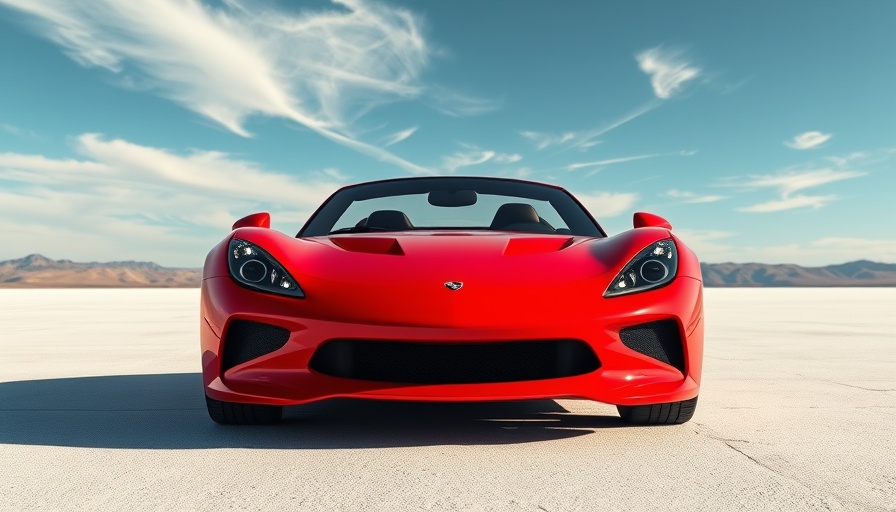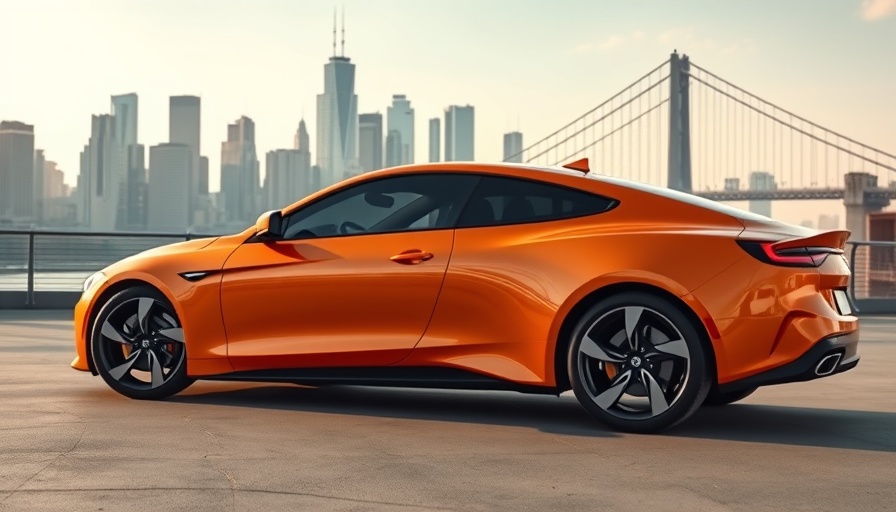
Understanding Stellantis's V8 Decision: More Than Just Nostalgia
As the automotive industry shifts toward electrification, Stellantis's announcement that it will continue to produce V8 engines has sparked intrigue. This decision comes at a time when many hoped that traditional combustion engines were on their way out, particularly with the growing prominence of electric vehicles (EVs). While some analysts argue that this is merely a nostalgic nod to older models, there are deeper implications for both the company and its consumer base.
Bridging the Past and Future in Automotive Technology
The reintroduction of V8 engines represents a bridge between classic performance and the evolving landscape of vehicle technology. Stellantis’s brands, including Dodge and Jeep, are choosing to bring back V8 engines like the 392 variant in the Wrangler and the upcoming Gladiator model. This strategy serves not only to satisfy existing enthusiasts hungry for power but also appeals to potential buyers looking for a unique driving experience in an era dominated by the silent hum of electric vehicles.
Why the V8 Engine Matters in Today’s Market
The classic sound and performance of a V8 engine offer a visceral driving experience that some argue can’t be replicated by electric or hybrid alternatives. Stellantis appears to recognize this sentiment, allowing vehicles like the Durango to keep their iconic engines while also incorporating modernized technology to meet emissions standards. This dual strategy could potentially safeguard their market share amid fierce competition from emerging automotive platforms.
Stellantis's Strategy: A Mixed Bag of Tradition and Innovation
Stellantis's decision also raises questions about the direction of the automotive industry as manufacturers seek to balance consumer demand with sustainability goals. The ability to personalize these traditional vehicles will likely resonate with younger audiences who look for customizable options. The anticipated 'Jailbreak' treatment for the Hellcat-powered Durango exemplifies how the company intends to blend traditional power with modern consumer preferences.
Future Predictions: Will the V8 Endure?
As companies pivot towards electrification, only time will tell if the V8 will remain relevant. Predictions suggest that while Stellantis's current strategy might stave off immediate declines in sales, a shift to fully electric fleets may still be inevitable. Corporate strategies will need to adapt quickly to forecasted consumer preferences as new generations prevalently embrace sustainability as a core value.
Analyzing the Enthusiast Community's Reaction
The automotive enthusiast community has voiced opinions that are as varied as the models on offer. Many appreciate the return of the V8, viewing it as a victory in the face of what some consider an electric takeover. On the other hand, some skeptics wonder if Stellantis is merely attempting to mask a larger problem by clinging to nostalgia instead of investing fully in innovation and new technologies. Balancing these perspectives could be the key to marketing success in the future.
Conclusion: The Future of Stellantis and the Automotive Industry
Stellantis's decision to maintain V8 engines offers not just a glimpse into the company’s past but also a thoughtful response to current consumer demand. Ultimately, the industry will benefit from a careful mix of nostalgia and innovation. As we continue to monitor Stellantis's moves, one thing remains clear: the future of automobiles remains as unpredictable as ever—and the stakes couldn’t be higher.
 Add Row
Add Row  Add
Add 




Write A Comment